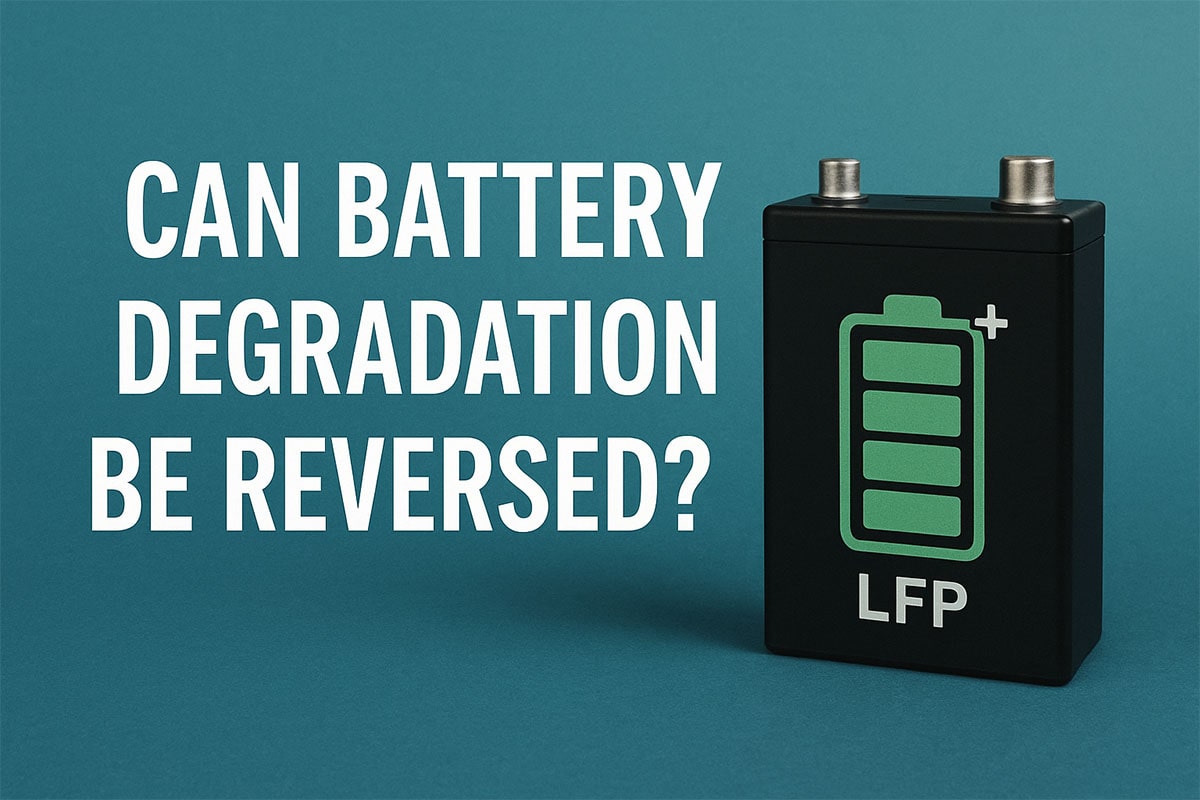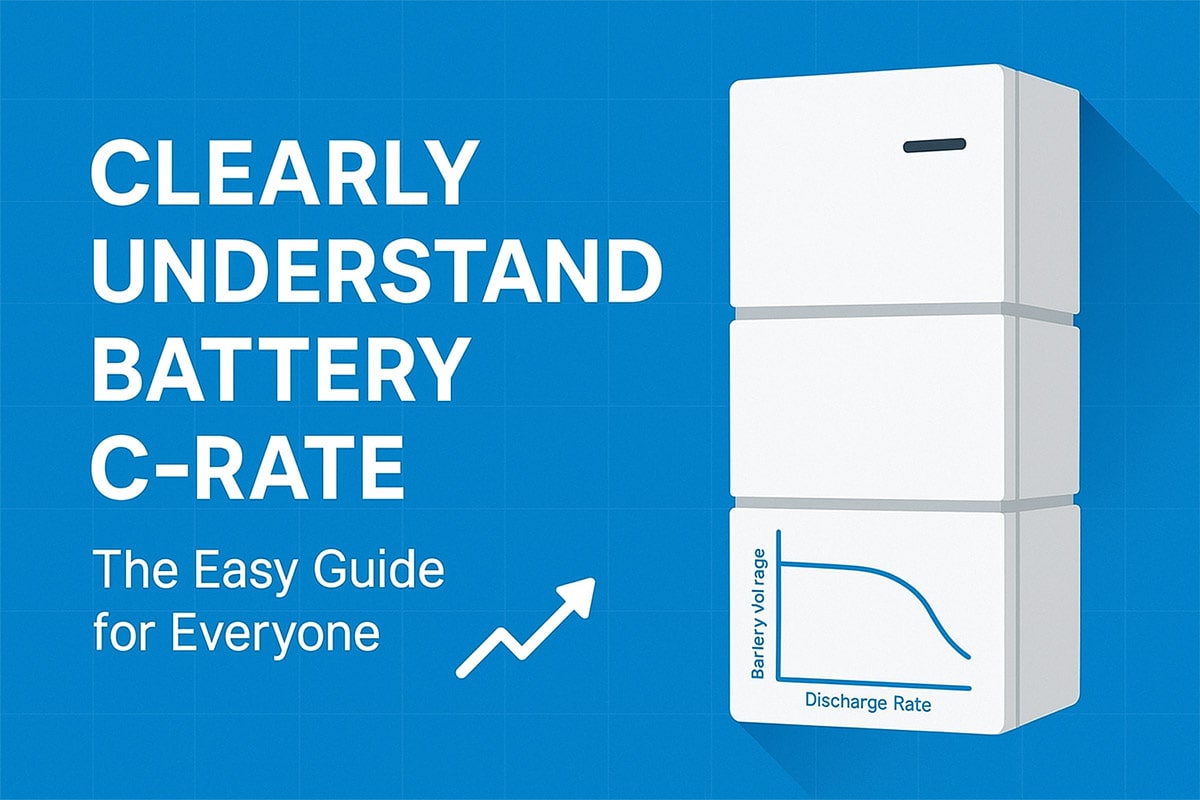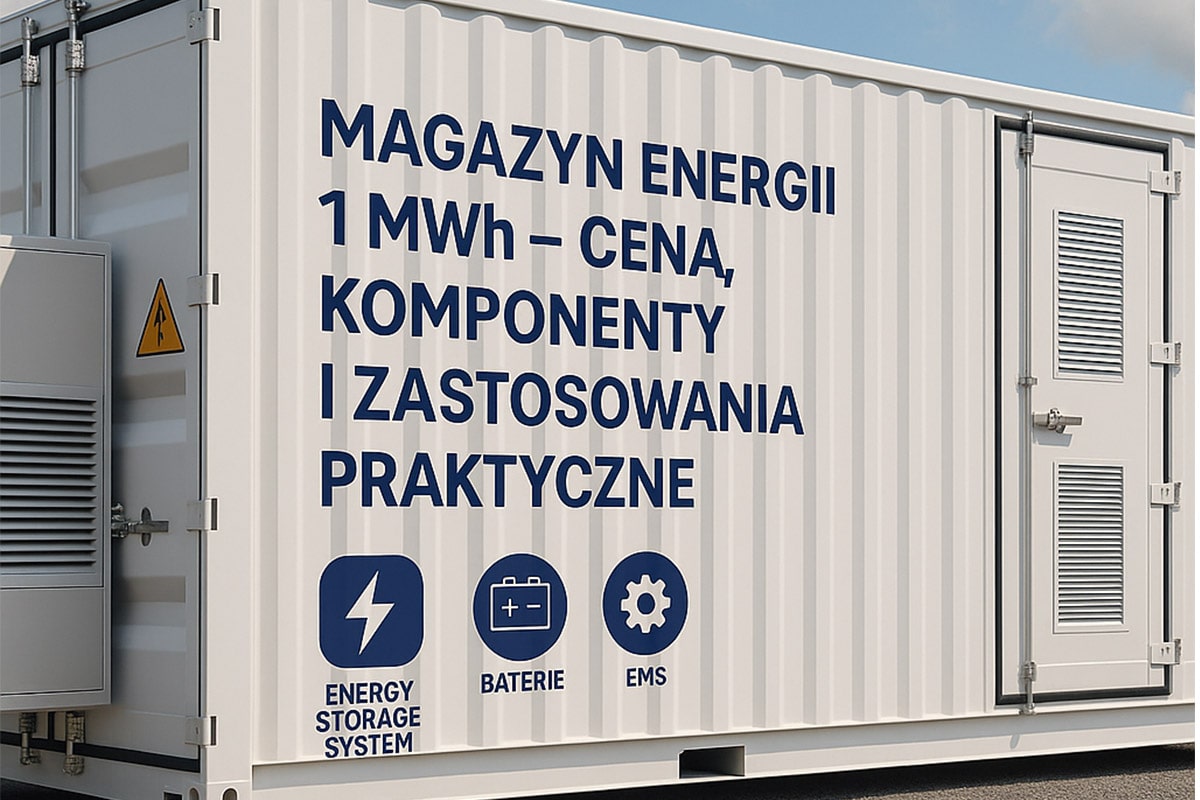What Are the Uses and Composition Structures of Battery Energy Storage Systems in Photovoltaics
What Are the Uses and Composition Structures of Battery Energy Storage Systems in Photovoltaics
With the advancement of photovoltaic technology, solar power generation systems can be directly integrated into the grid. However, photovoltaic grid connection without energy storage may have some adverse effects on power quality and operation scheduling, so it is necessary to configure energy storage devices. Today we will talk about the use and significance of battery energy storage systems in photovoltaics.
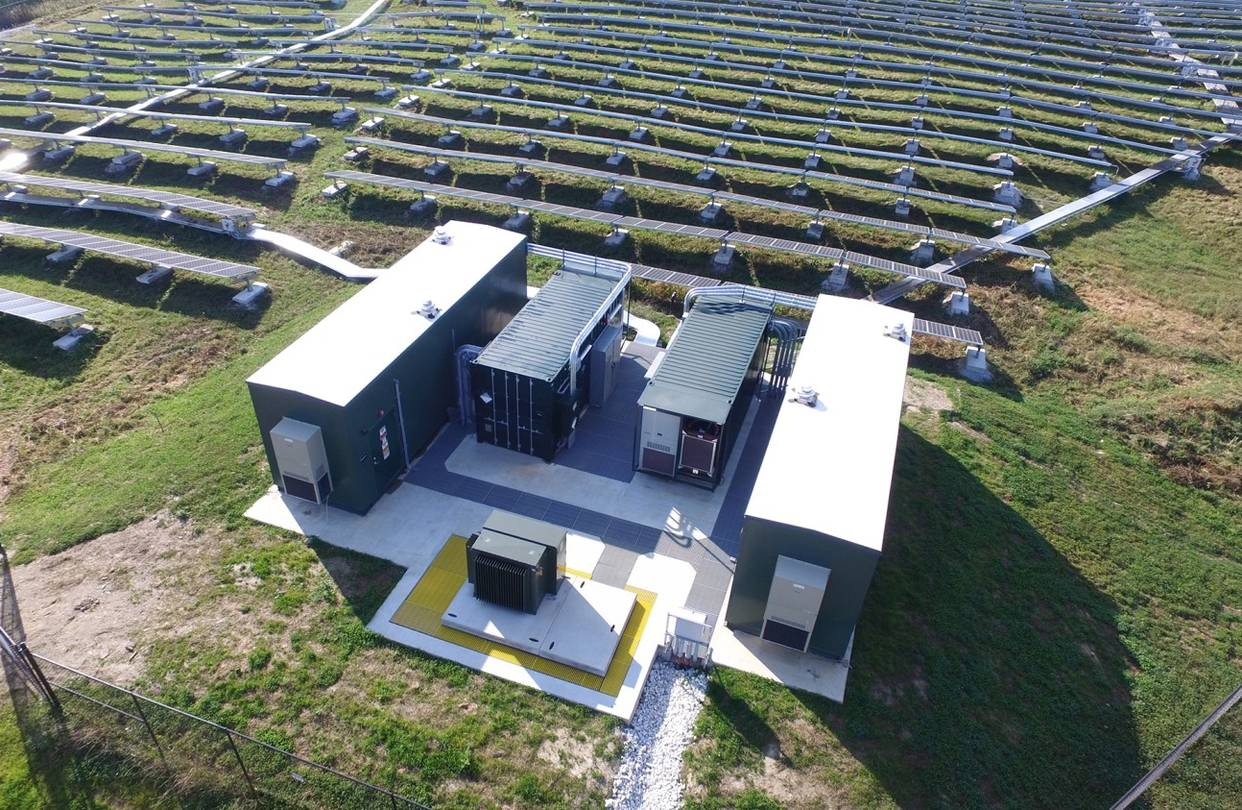
1. Application of battery energy storage system in photovoltaic power station
- Stable system
In the photovoltaic power generation system, the power curve and load curve of photovoltaic output are quite different, and both of them have unforeseen fluctuations. However, if the energy is stored in the energy storage system or the energy is buffered through the energy storage system , the photovoltaic power generation system can achieve stable output of electric energy and stable operation even in the case of severe dial fluctuations.
- Energy reserve
When the photovoltaic power generation system runs abnormally, the electric energy in the energy storage system can play an emergency and transitional role. If the battery array cannot generate electricity at night or in rainy days, the battery energy storage system can play the role of emergency backup and transition, and its energy storage capacity depends on the demand of the load.
- Reliable quality
When the load voltage has a high peak value, voltage drops or the power grid fluctuates greatly due to external interference, the energy storage system can effectively prevent its impact on the photovoltaic power generation system and ensure the reliability and output quality of the photovoltaic power generation system.
2. The main components of the battery energy storage system
The energy storage system consists of batteries, electrical components, mechanical supports, heating and cooling systems (thermal management systems), bidirectional energy storage converters (PCS), energy management systems (EMS) and battery management systems (BMS). The batteries are arranged, connected and assembled into a battery module, and then fixed and assembled into the cabinet together with other components to form a battery cabinet. Below we introduce the important parts.
- Battery
The energy type battery used in the energy storage system is different from the power type battery. If we take professional athletes as an example, power-type batteries are like sprinters, with good explosive power and can release high power in a short time. The energy-type battery is more like a marathon runner, with high energy density, and can provide a longer usage time on a single charge. Another characteristic of energy-type batteries is their long life, which is very important for energy storage systems. Eliminating the peak-to-valley difference between day and night is the main application scenario of the energy storage system, and the service time of the product directly affects the project income.
- Thermal management
If the battery is compared to the body of the energy storage system, then the thermal management system is the “clothes” of the energy storage system. Batteries, like people, also need to be in a comfortable temperature environment (23~25°C) to work more efficiently. If the operating temperature of the battery exceeds 50°C, the battery life will rapidly decay. When the temperature is lower than -10°C, the battery will enter the “hibernation” mode and cannot work normally.
From the different performance of the battery in the face of high temperature and low temperature, it can be seen that the life and safety of the energy storage system in the high temperature state will be greatly affected, while the energy storage system in the low temperature state will completely strike. The role of thermal management is to give the energy storage system a comfortable temperature according to the ambient temperature. So that the whole system can “prolong life”.
- Battery management system (BMS)
The battery management system can be regarded as the commander of the battery system. It is the link between the battery and the user. It is mainly to improve the utilization rate of the battery and prevent the battery from overcharging and over-discharging. It can infer the SOC (state of charge) of the system, the start and stop of the thermal management system, the insulation detection of the system and the balance between the batteries. BMS should take safety as the original design intention, follow the principle of “prevention first, control guarantee”, and systematically solve the safety control of energy storage battery system.
- Bidirectional energy storage converter (PCS)
In fact, energy storage converters are very common in daily life. The function of the mobile phone charger is to convert the 220V AC power in the household socket into the 5V~10V DC power required by the battery in the mobile phone. This is consistent with the pattern in which the energy storage system converts the AC power to the DC power required by the battery stack during the charging process.
The PCS in the energy storage system can be understood as an oversized charger, but the difference from the mobile phone charger is that it is bidirectional. The two-way PCS acts as a bridge between the battery stack and the grid end. On the one hand, it converts the AC power at the grid end into DC power to charge the battery stack, and on the other hand, converts the DC power of the battery stack into AC power to feed back to the grid.
- Energy management system (EMS)
The existence of the energy management system is to summarize the information of each subsystem in the energy storage system, comprehensively control the operation of the entire system, and make relevant decisions to ensure the safe operation of the system. EMS will upload the data to the cloud and provide operational tools for operators’ background managers. At the same time, EMS is also responsible for direct interaction with users. The user’s operation and maintenance personnel can check the operation status of the energy storage system in real time through EMS, so as to implement supervision.
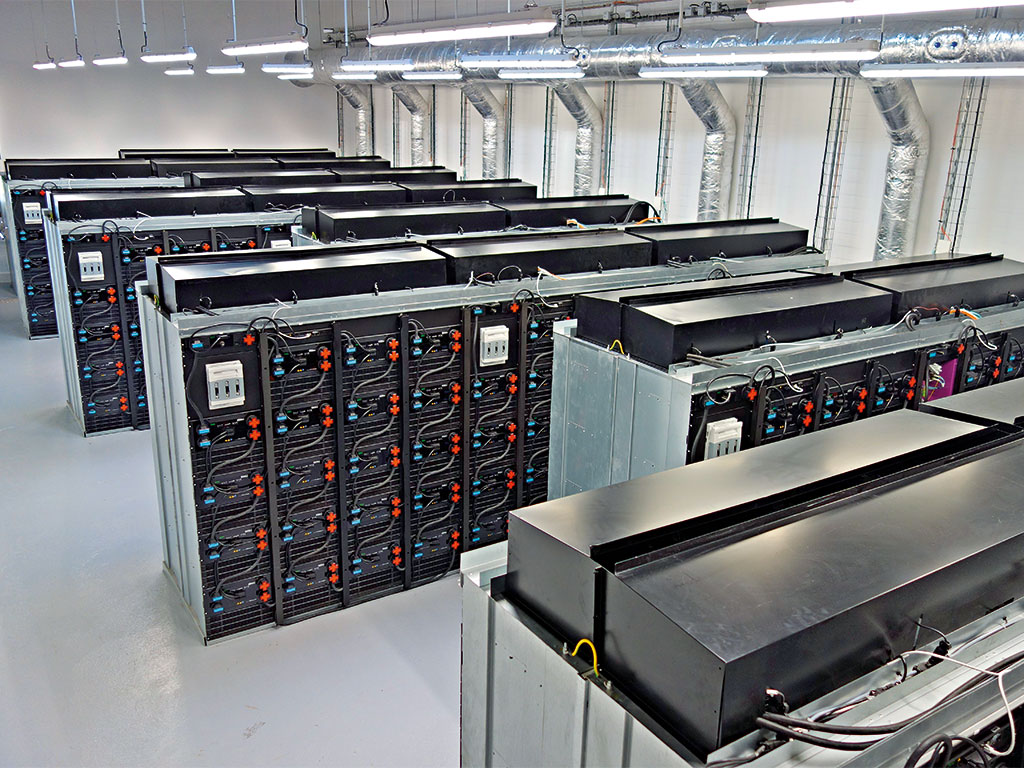
3. Future development of battery energy storage system
Today, more and more businesses and residential users are able to use battery energy storage systems to provide essential services to maintain grid stability. Utilities will continue to push for increasingly complex rate structures that more accurately reflect their costs and the environmental impact of supplying electricity. And as climate change leads to extreme weather and power outages, the value and importance of battery storage will increase significantly.
In addition, under the encouragement of the country’s policy of vigorously supporting distributed photovoltaic power generation, the research and demonstration operation of rooftop photovoltaic power stations equipped with energy storage systems should be actively promoted, the potential market demand for community energy storage systems should be tapped, and the market for distributed photovoltaic storage power stations should be explored To realize the sustainable development of the energy storage industry.

